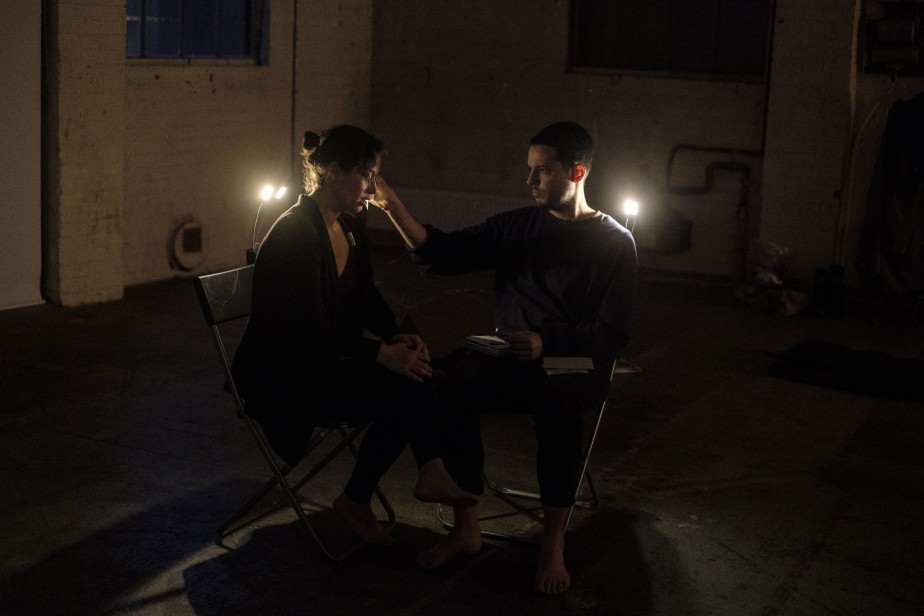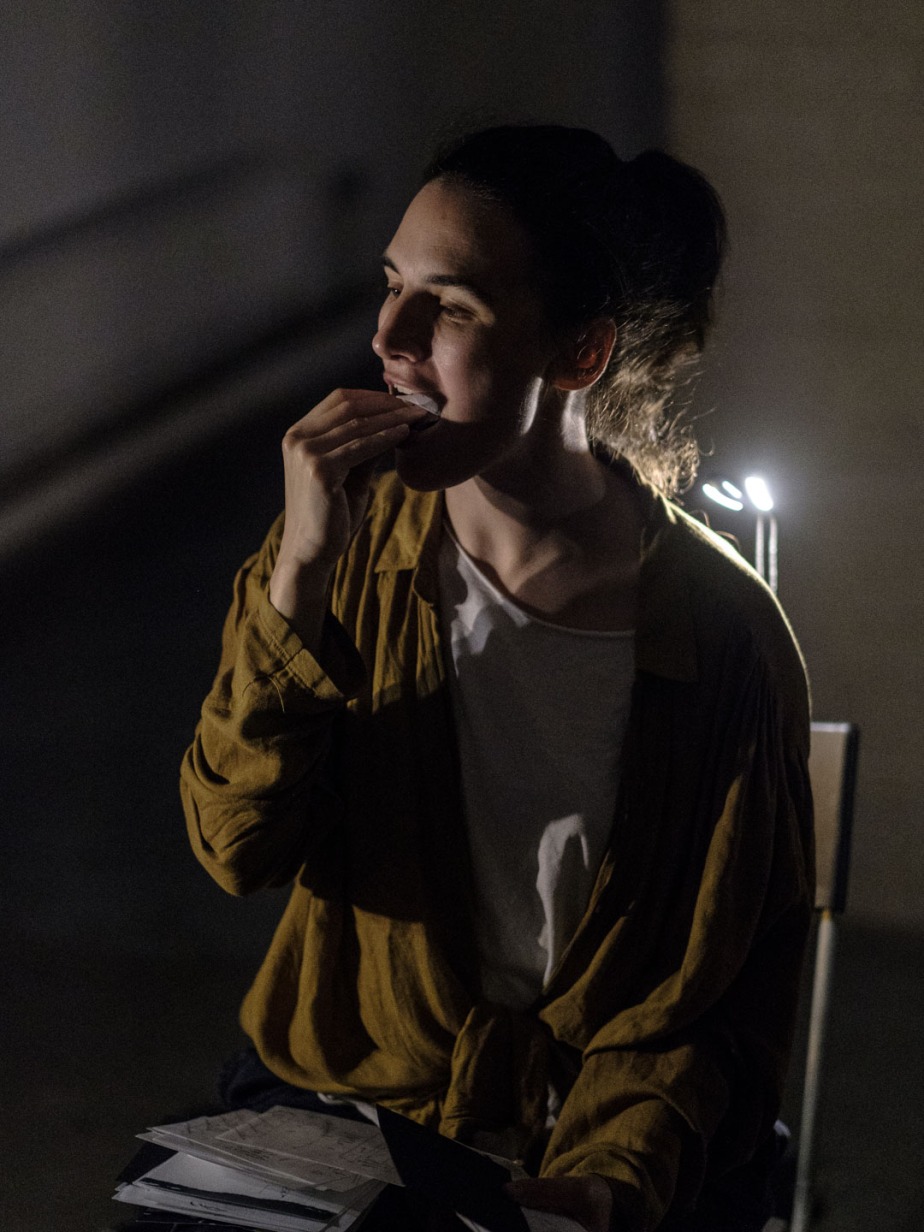“This feels like Weisslich 1”
–Louis d’Heudieres
We all agreed from the outset of preparing tomorrow’s 10th volume of Weisslich that we wanted to touch base with our roots, to the stuff that compelled us to start Weisslich in the small basement of Hundred Years Gallery. Shoestring (non-existent) budgets, awkward experiments with blending performance art and experimental music, the tried and tested histories of Fluxus, and 2 hour gigs prepared in no more than 2 hours before the show. Those are Weisslich’s roots. And we’re back!
So here’s what you can expect on Friday: a long-form exploration of the relationship between choreography and reading; a trio for breathers that permeates and echoes throughout the space; new and recent composed and scored music for trombone that pushes at extremes of aggression; idiosyncratic flute improvisation; a silent film that touches the heart, and a reconstruction of Phlegethon, Mark Reiner’s sonic and sculptural evocation of the Underworld’s river of fire.

When we decided to revisit our origins, we made two important decisions. The first was to invite a guest from another discipline to co-curate with us, and the second to find a space open to experimentation and where we could work over a longer period of time to devise site-sensitive performances.

We partnered with choreographer Teoma Naccarato who has brought in a wide range of perspectives, influences, and not least, interesting artists who are working to make and draw connections with musical practices of sound making and ensemble performance. Prior to working with Teoma, one thread that has tied together Weisslich’s work is a consistent questioning of conceptions of music, often presenting work that expands the capacities and applications of composition. Similarly, Teoma’s practice takes an expanded perspective on choreography and how working from related traditions reveals new ways of experiencing and, in some cases, organising reality. Regularly collaborating with composer John MacCallum, her work investigates the materiality of the body, zooming in on the sensations of internal organs—specifically the heart and lungs—through the appropriation of biomedical technologies. Over the course of our collaborative curation for this event, the boundaries of our respective conceptions of choreography and music making have come into question.

Another key influence in the curatorial process has been the sharing of rehearsal and performance space between all of the artists over the course of a week. We are working at East London’s Guest Projects. The first time we went to see the space in April we met another group of artists who were working there in preparation of a visual art exhibition. In speaking to them about their residency, we could sense the enthusiasm that they felt working there. Maybe this is because the space is artist led, or the fact that the owner of the space hand selects submitted proposals, or even that the space is offered to residents for a period of a month or a week free of any financial burdens. Whatever it is, it is great to work somewhere that cares about and supports what the artists who work there do. The space is conducive and permissive of experimentation. And most importantly we are allowed to take risks. (Try finding another venue in London that will allow you to set open fire in their space!)

For those of you who have been with us from the beginning, we hope you share our feeling of coming home. And for those that are just joining us, welcome.
– Weisslich (Teoma, Michael, Louis, David)
